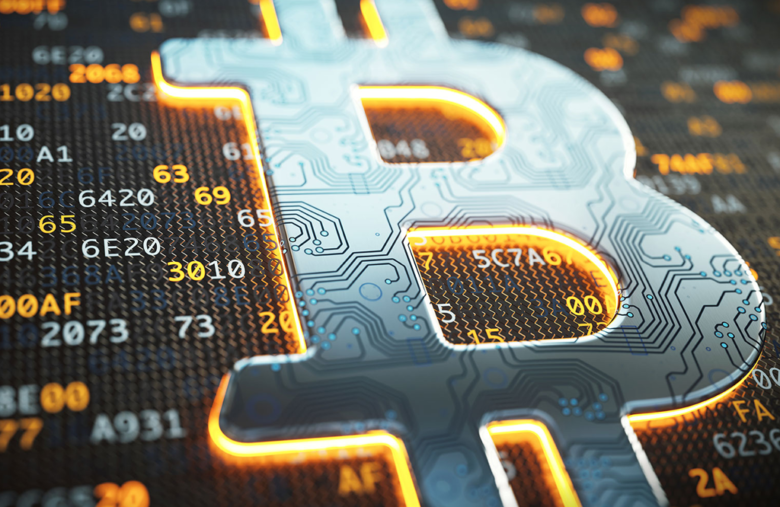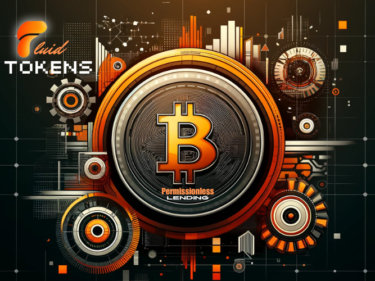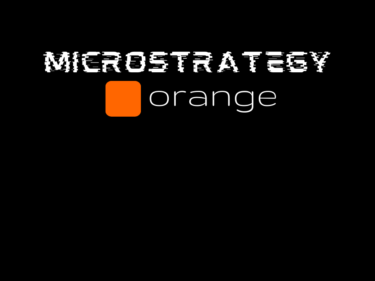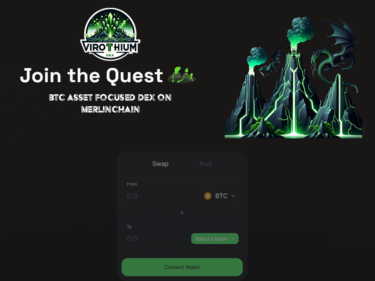The Intersection of Rising Bitcoin Fees and the Ordinal Craze: Decoding the Economics
-
 by Dr. Steven Brule
by Dr. Steven Brule
- November 10, 2023

The landscape of Bitcoin is witnessing a fascinating evolution as the surge in transaction fees intersects with the burgeoning interest in Ordinals inscriptions. In a recent spike that pushed transaction fees to a five-month high, the Bitcoin network saw average fees climb to $5.93, underscoring a pivotal moment for the world’s premier cryptocurrency. This article unpacks the economic mechanisms behind Bitcoin’s fee market and illuminates how Ordinals are increasingly becoming a significant factor.
Understanding Bitcoin’s Fee Market Dynamics
Bitcoin operates on a fee market system where transactions compete to be included in the next block by offering fees to miners. This fee isn’t fixed; it fluctuates based on demand for block space and network activity. When there’s a spike in transaction volume, users must offer higher fees to prioritize their transactions, leading to an overall increase in the average fee.
Knox from SkullX speaking on the relationship between Ordinals & Miners
The Ordinals Effect: A New Demand Factor
Enter Ordinals, a novel concept that allows for the inscription of digital assets directly onto the Bitcoin blockchain, much like NFTs on Ethereum. This innovation has sparked a new wave of interest, as it unlocks the potential for unique digital artifacts to be minted and traded on Bitcoin’s traditionally monolithic structure.
As more users flock to take advantage of this feature, the demand for block space rises, and consequently, so does the competition for transactions to be included in the next block. The result? A surge in transaction fees as users are willing to pay more to ensure their Ordinals inscriptions are processed promptly.
Analyzing the Spike: The Ordinals Impact on Fees
The recent fee hike coincides with a record-setting day for the Ordinals protocol, with inscriptions reaching an all-time high. This influx of activity not only signifies a growing interest in Bitcoin’s new use case but also puts pressure on the network’s capacity, thus stoking the fee market’s flames.
What This Means for Bitcoin’s Economy
The integration of Ordinals inscriptions into Bitcoin’s economy is not without its consequences. For miners, the higher fees represent a lucrative opportunity, especially as block rewards continue to halve every four years. For users, however, the increased costs could present a barrier to entry, particularly for smaller transactions.
The Balancing Act: Network Health and User Experience
The Bitcoin community is now faced with a balancing act: encouraging innovative uses of the blockchain while maintaining an efficient and cost-effective network. Solutions like scaling improvements and fee market reforms are being debated, aiming to ensure that Bitcoin remains accessible for all transactions, whether they’re for a coffee purchase or a digital collectible.
Looking Ahead: The Future of Bitcoin Fees and Ordinals
As we look to the future, the role of Ordinals in shaping Bitcoin’s fee market cannot be underestimated. With the protocol’s popularity showing no signs of waning, its impact on fees will likely persist. The challenge for the Bitcoin ecosystem will be to adapt to these changes, ensuring that the network remains robust and user-friendly.
In conclusion, the surge in Bitcoin transaction fees is a complex phenomenon with Ordinals inscriptions playing a pivotal role. By understanding the economic forces at play, stakeholders can better navigate this landscape and contribute to a thriving market that balances innovation with efficiency. As the narrative around Bitcoin continues to evolve, so too will the strategies to maintain its position as a leading digital currency in a rapidly changing world.
Disclaimer: The above article is for informational purposes only and does not constitute financial advice. The cryptocurrency market is volatile and unpredictable; always conduct your research before investing.




